Questlove and MC Ren are just a handful of Hip Hop artists admiring the newly surfaced graffiti art covering several New York City subway trains. Much like the ’70s and ’80s, entire cars are being painted top-to-bottom with the carefully chosen monikers of their creators — but not everybody is thrilled.
According to CBS New York, The Metropolitan Transportation Authority says the “vandalism is happening out of sight of cameras and cops.”
There have been at least five “high-profile, top-to-bottom and end-to-end train graffiti crimes since the summer,” including a Q train at the 96th Street stop of the Second Avenue Subway on June 9, a D train vandalized on Halloween night and a train on the J/M/Z line in Bushwick, Brooklyn on December 17.
It appears to take place in the “lead up” areas inside of a tunnel, so the car is off the platform, requiring the graffiti artists to walk in “past warning signs and avoid the third rail.”
Earlier this month, the Police Benevolent Association noticed an F train covered in graffiti and shared a clip of the car on Twitter.
“The 70s & 80s, now in living color on a subway platform near you,” the caption read. “A true sign of decay, one that we worked so hard to eradicate decades ago. The taggers had plenty of time to cover this entire train, because they know there are no more consequences.”
In 1979, Lee Quinones and Fab 5 Freddy had a gallery opening in Rome that included graffiti art, exposing the art form to people outside of New York City.
Freddy’s friendship with Blondie singer Debbie Harry led to Blondie’s “Rapture” single in 1981 and the subsequent video provided a whole new audience a first glimpse of graffiti.
In 1983, Charlie Ahearn’s film Wild Style, which focused on the four elements of Hip Hop culture, showcased the work of famous graffiti artists Skeme, Dondi, MinOne and Zephyr and included songs such as Grandmaster Flash and the Furious 5’s “The Message” and Afrika Bambaataa’s “Planet Rock,” leading to a heightened interest in the art form.
Over the decades, graffiti art has exploded with popularity and been commercialized to sell everything from Taco Bell to Coca-Cola.
The MTA says in the first half of the decade train graffiti averaged around 200 incidents each year, but that figure tripled by 2018. Authorities aren’t exactly sure what has caused this recent boom in productivity, but online chatter speculates it could’ve been sparked by the deaths of two legendary graffiti artists, including PHASE 2 who passed away last December.
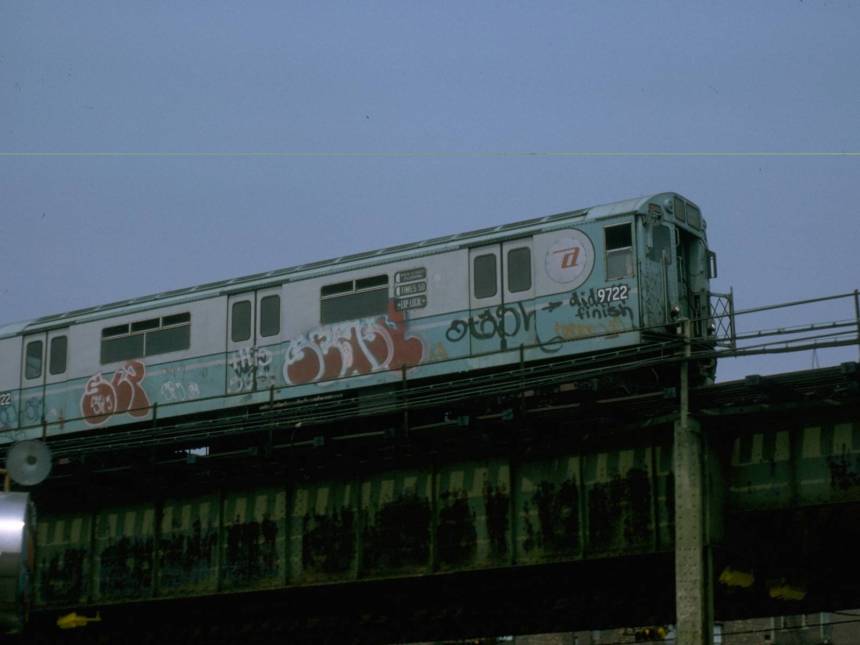


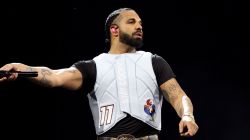


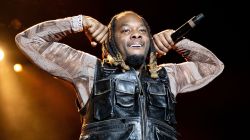
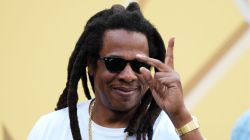
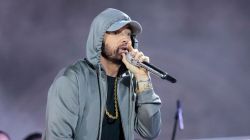



Salute
Its about time NY remembers where hip hop culture began, bunch of fucking down south sounding illiterates in the game
lol old or autistic?
Call people old or autistic if you want. Can you name any rappers out of NY that recently blew up and actually sound like they’re from NY tho?
I actually think it’s dope that Ms. Eustice is putting out more articles about the elements of hip-hop and it’s art forms.
MEMORIES! I MISS THE ENERGY OF THE OLD NY.
Has anyone seen the early 80s graffiti documentary “Style Wars” … it might still be on YouTube. It’s awesome. There’s even an artist who was a total troll, I think his name was Doc
Haha it was dirty ass Kap.
Truly great art. Nice work!
I love art and high end graffiti, but NY is fucked. I live here. We just enacted very relaxed bail laws… So a dude caught with $7 million worth of fentanyl and heroin is free, on the streets…. Because fentanyl dealers aren’t considered a threat to others somehow? That’s fucking ridiculous. My state is retarded.
Yeah New York is a progressive S-Hole like California. Its going down and those weirdos dont wanna change their way of thinking, they actually wanna spread their ideology over the rest of the Country
Yeah, it’s pretty whack lol. I’m all for relaxing some criminal penalties, but fentanyl dealers? Cmon man, they take so many lives! Mac Miller and Tom Petty would be alive if it weren’t for fentanyl. People who knowingly sell that shit should be executed. It’s poison, aside from rare cases of truly chronic pain, where it serves a purpose and need.
Holy F*ck! Tom Petty died???
Beautiful
Respect. Graffiti art is Hiphop’s written language.
Hell Yeah! Keep Getting ^ until this exposed ass Shit-Culture ?? …….All City/All World; All Day Everyday!!!!
I LOVE how the media used Graff Lingo to talk Fuck Shit “ Top to Bottom/End to End “ ….mothafucka was 2sec away from sayin “ Burner “ Hahaha ??
Good
This is disgusting. These are brand new trains from the E line they are painting. Every step forward they take to fix something in NYC is met with uncultured bullshit from unprogressive people who make everything about themselves. Fuck this. They graffitied the newly renovated 72 street station.
There is nothing more progressive or cultured then art on the transit. You have no idea what you’re talking about. Would you rather see cigarette advertisements across them? Please..